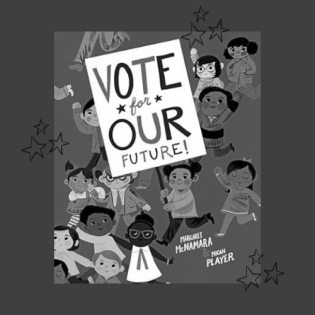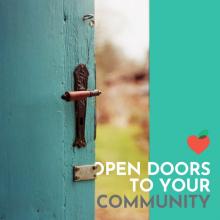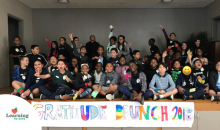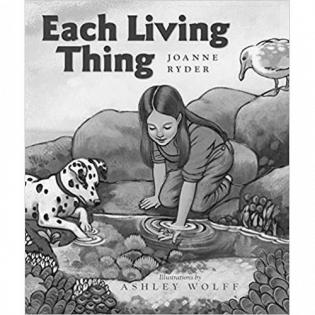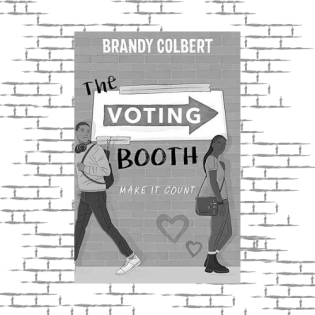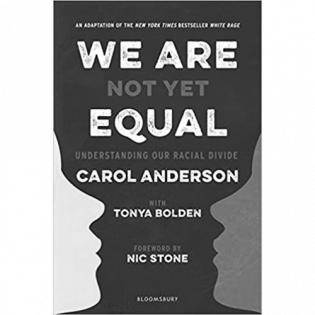by Margaret McNamara - A guide for parents, teachers, and group leaders to accompany the reading of this picture book. The guide below provides before, during, and after-reading discussion questions. Choose from activities and discussion questions to introduce the habit of voting and the things children can do and say to encourage adults to vote.
Filter by subjects:
Filter by grades:
Filter by audience:
Filter by issue area:
Filter by content type:
Filter by resource type:
resource search
Young people explore what it means to be an environmentalist. They work in small groups to research the facts and possible solultions related to an environmental issue. The ultimate goal of the unit is to empower young people to share their knowledge (talent) and make others aware of...
With guidance from Learning to Give resources, youth interact in their local community to learn the skills, knowledge, and actions of lifelong philanthropy. This course follows the main menu (above) of the website with stories, tools, and resources for empowering youth agency through philanthropy, from understanding their community and themselves to learning skills and knowledge and taking action.
Explore the research-based motivations for giving time, talent, or treasure for the common good and learn how and why to motivate oneself and others to serve.
Inspired by stories of service, young people define philanthropy concepts and actions. They brainstorm acts of kindness and determine how they will contribute to the common good.
In today’s world, it’s often easy to be so busy rushing about that we forget to pause and appreciate all the living things around us. Spiders and bugs can seem like pests. Bears and raccoons can seem like nothing more than a nuisance.
Students learn effective techniques and complete prewriting activities for writing a persuasive essay. As a culmination of the unit, students choose one of the three styles of writing--news article, personal narrative, or persuasive essay--to write, edit, and publish about their experience with...
by Brandi Colbert - This book tells the story of two first-time voters overcoming barriers to vote on Election Day. The guide below provides discussion questions and activities to spark conversation about voting rights, voter suppression, and personal action.
This book is an adaptation for young people of the New York Times Bestselling book, White Rage. This book received several accolades including, an NAACP Image Award finalist book, a Kirkus Reviews Best Book of the Year, and a NYPL Best Book for Teens.
Learning about issues and using our voice is a right and a civic responsibility and vital to a healthy democracy. Teaching youth at the earliest ages about using their voice prepares them to be civically engaged as adults. It teaches them to learn more about issues and see each person as a valued member of society with an equal vote and an important voice.
